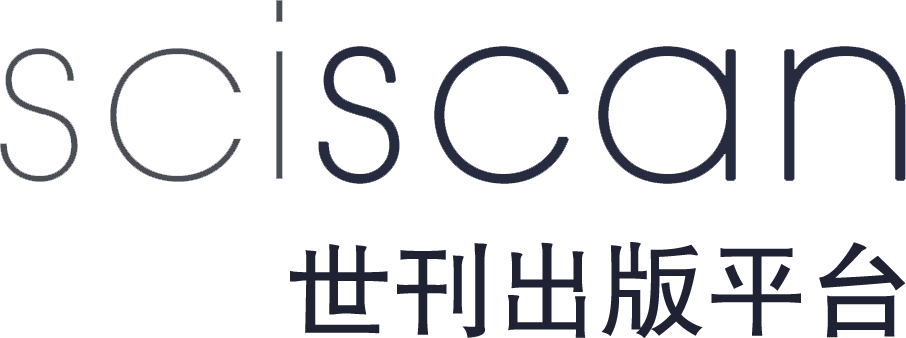免费订阅世刊出版平台最新发表资讯
情绪设计对大学生创造性问题解决的影响研究
The Influence of Emotional Design on Creative Problem Solving of College Students
- 作者: 孙惠梅 同乐豪 侯广彦
-
单位:
青海师范大学教育学院,西宁
- 关键词: 情绪设计;创造性;非常规用途测验;积极情绪;消极情绪
- Emotional design; Creative; Unconventional use test; Positive emotions; Negative emotions
- 摘要: l研究采用情绪设计的方法,考察在多媒体方式学习中,外部情绪诱导和内部情绪设计这两种不同的情绪诱导 方式以及不同的情绪类型对创造性问题解决是否有影响以及这些影响之间的差异。本实验为 3(外部情绪诱发:积极情绪诱发 + 消极情绪诱发 + 中性情绪诱发)×3(内部情绪设计:积极情绪设计 + 消极情绪设计 + 中性 情绪设计)的被试间实验设计,实验选取了非常规用途测验作为创造性问题解决的题目(一张报纸的用途和 一个矿泉水瓶的用途),并以创造性思维的流畅性、灵活性、独特性和实验过程中被试的情绪变化作为实验 的因变量。结果发现(1)在外部情绪诱导的情绪中,积极的情绪能促进思维流畅性、独特性和灵活性的产生。消极情绪能促进思维的流畅性和独特性的产生。且在思维的流畅性和独特性上积极情绪和消极情绪的作用差异不显著。(2)在内部情绪设计的条件中,只有内部积极情绪能促进思维流畅性和灵活性的产出。(3)在思维灵活性上,外部情绪诱导和内部情绪设计交互作用显著。
- Using the method of emotional design, this study investigates whether external emotional induction、internal emotional design and different emotional types have influence on creative problem solving and the differences between these influences in multimedia learning. Experiments using 3 (external emotions evoked: positive emotions induced + negative emotions induced+ neutral emotions induced) × 3 (internal emotional design: positive emotions design + negative sentiment+ neutral emotional design) of the three factors between subjects experimental design. At the same time, in the experiment, the unconventional use test was selected as the creative problem solving topic (the use of a newspaper and the use of a water bottle), and the fluency, flexibility, uniqueness of creative thinking and the emotional changes of the participants during the experiment were taken as the dependent variables. The results showed that (1) in the external-emotion-induced emotions, positive emotions can promote the production of thinking fluency, uniqueness and flexibility. Negative emotions can promote the fluency and uniqueness of thinking. There was no significant difference between positive emotions and negative emotions in the fluency and uniqueness of thinking.(2) In the condition of internal emotional design, only internal positive emotions can promote the output of thinking fluency and flexibility.(3) In terms of thinking flexibility, the interaction between external emotional induction and internal emotional design is significant.
- DOI: https://doi.org/10.35534/pc.0306069
- 引用: 孙惠梅,同乐豪,侯广彦.情绪设计对大学生创造性问题解决的影响研究[J].中国心理学前沿,2021,3(6):579-589.














